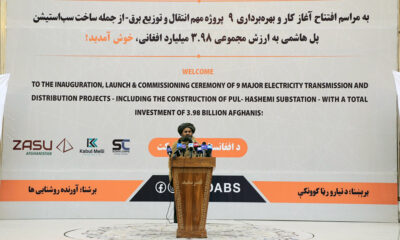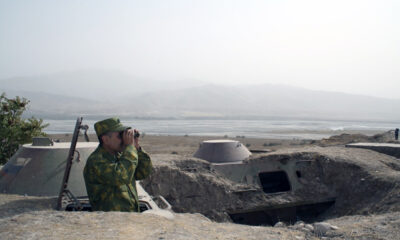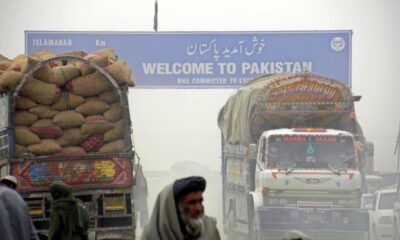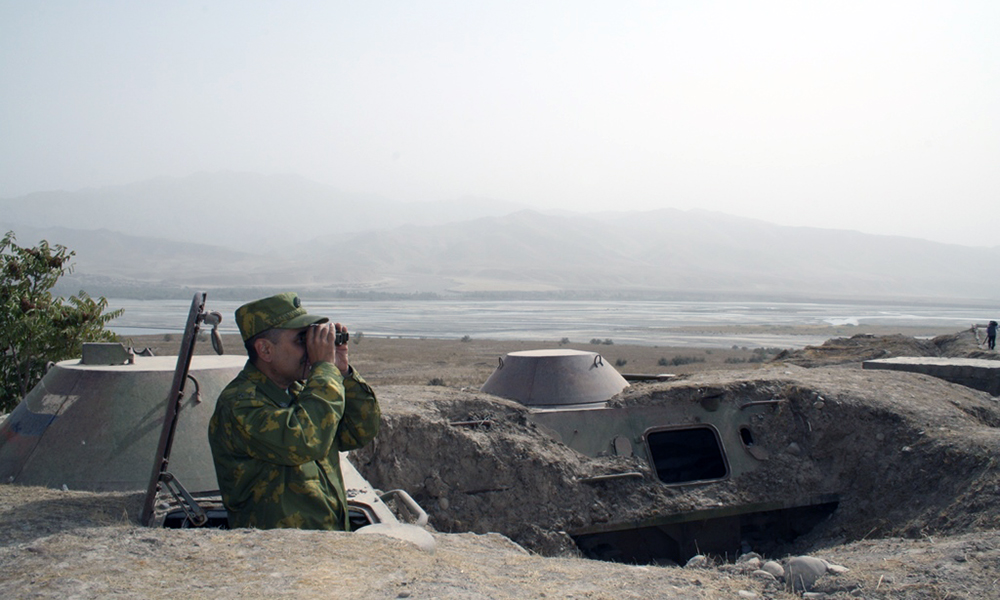Latest News
Afghanistan: Humanitarians await guidelines on women’s role in aid operations
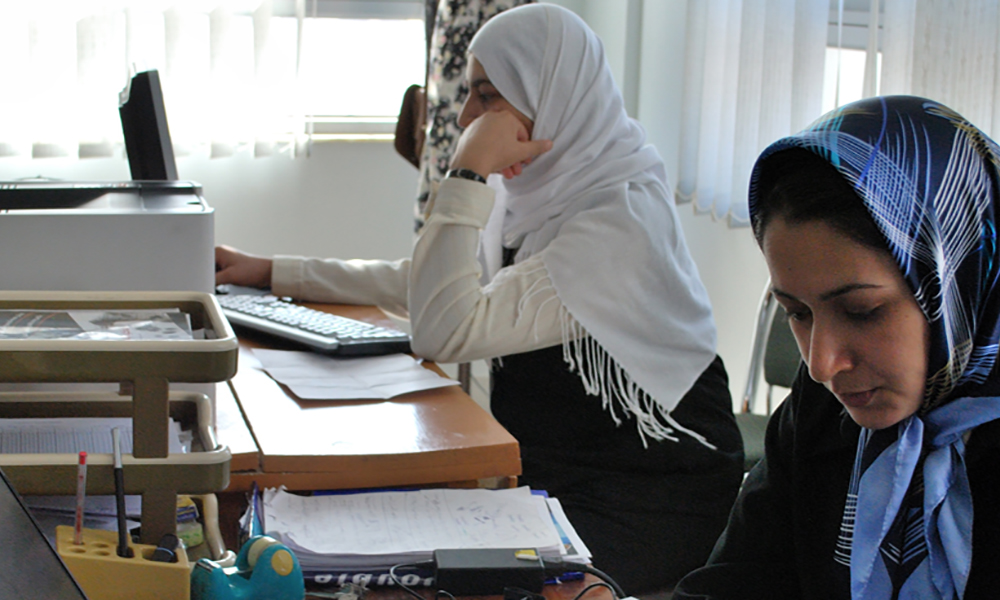
A UN-led group of humanitarians are hoping that the Islamic Emirate of Afghanistan (IEA) will allow Afghan women to again work with non-governmental organizations (NGOs) on the ground following last month’s ban, four senior aid officials told journalists in New York on Monday.
In a statement issued by the UN, the group, representing the Inter-Agency Standing Committee (IASC), stressed that the world’s largest humanitarian operation – supporting some 28 million people in Afghanistan – simply cannot function without women staff.
The officials reported on their mission to the country last week, in the wake of the edict prohibiting Afghan women from working with local and international aid agencies, announced on 24 December.
Days later, the IEA authorized women to continue working in healthcare.
A similar exception was made in education, though focused on the primary level as Afghan girls and women have been barred from attending high school and university.
In their meetings with the IEA, the IASC mission expressed opposition to the ban, which they hoped would be rescinded, and advocated for exemptions in all aspects of humanitarian action.
They were told that guidelines are being developed, and were asked to be patient, said Martin Griffiths, UN relief chief and the IASC chair, speaking during a press conference at UN Headquarters.
“I’m somebody who doesn’t like to speculate too much, because it is a matter of speculation. Let’s see if these guidelines do come through. Let’s see if they are beneficial. Let’s see what space there is for the essential and central role of women in our humanitarian operations,” he said.
“Everybody has opinions as to whether it’s going to work or not. Our view is that the message has clearly been delivered: that women are central, essential workers in the humanitarian sector, in addition to having rights, and we need to see them back to work.”
The UN says humanitarians will require $4.6 billion to fund their activities in Afghanistan this year.
Three years of drought-like conditions, economic decline, and the impacts of four decades of conflict, have left roughly two-thirds of the population, 28 million people, dependent on aid, with six million on the brink of starvation.
Women comprise 30 percent of the 55,000 Afghan nationals working for NGOs in the country, according to Janti Soeripto, President and Chief Executive Officer of Save the Children.
“Without women on our teams, we cannot provide humanitarian services to millions of children and women,” she said.
“We won’t be able to identify their needs; communicate to female heads of households, of which there are many in Afghanistan after years and years of conflict, and to do so in a safe and culturally appropriate way.”
The UN stated that furthermore, many women aid workers are themselves the sole breadwinners for their families, which means many more households will go wanting.
“We’ve made it very clear that humanitarian aid must never be conditional, and it cannot discriminate,” said Soeripto. “We were not there to politicize aid. We cannot do this work without women in all aspects of our value chains.”
The loss of these valuable workers also comes as Afghanistan is facing its coldest winter in 15 years, with temperatures falling to nearly -30 degrees Celsius, resulting in numerous deaths.
The IASC mission visited a clinic on the outskirts of the capital, Kabul, run by the UN Children’s Fund (UNICEF) and a local partner.
Critical health and nutrition services there are up and running again now that women staff are back on board, said Sofía Sprechmann Sineiro, Secretary General of CARE International.
The clinic’s staff also shared a horrific statistic, as 15 percent of the children who seek help suffer from severe acute malnutrition, the UN stated.
“So, let there be no ambiguity. Tying the hands of NGOs by barring women from giving life-saving support to other women will cost lives,” Sineiro said, speaking from Kabul.
According to the statement, during their meetings with the IEA, the humanitarian chiefs also pushed for the full inclusion of girls and women in public life.
More than one million Afghan girls have lost out on learning due to the order banning them from secondary school, which has added to losses sustained during the COVID-19 pandemic.
The university ban, announced last month, has further crushed their hopes, said Omar Abdi, UNICEF Deputy Executive Director for Programmes.
“We are very concerned about girls’ and women’s development and particularly their mental health. In 2023, if secondary school education remains closed, an estimated 215,000 girls who attended grade six last year will once again be denied the right to learn,” he said.
Despite the bleak outlook, Abdi pointed to a few positive signs.
Since the ban, some 200,000 girls continue to attend secondary schools in 12 provinces, and women secondary school teachers continue to receive their salaries.
“The officials we met in Kabul…reaffirmed that they are not against girls learning in secondary schools, and again promised to re-open once the guidelines are approved by their leader,” he said.
Meanwhile, the number of community-based education classes in private homes and other locations has doubled to 20,000 over the past year, serving some 600,000 children, more than half of them girls.
“These positive signs are the results of both the commitment from the de facto authorities (IEA) and pressure from local communities to keep schools and community schools open,” said Abdi.
“As long as communities continue to demand education, we must continue to support both public and other forms of education, community-based classrooms, catch-up classes and vocational training.”
Latest News
Tajikistan says two soldiers killed in clash with militants near Afghan border
Business
Afghanistan’s first aluminum can factory launched in Herat with $120 million investment
Mullah Abdul Ghani Baradar, Deputy Prime Minister for Economic Affairs, laid the foundation stone of the “Pamir” aluminum can production company at the industrial parks of Herat on Thursday.

Afghanistan’s first aluminum can manufacturing plant was officially launched on Thursday in Herat province, marking a significant step toward industrial development and economic self-reliance.
Mullah Abdul Ghani Baradar, Deputy Prime Minister for Economic Affairs, laid the foundation stone of the “Pamir” aluminum can production company at the industrial parks of Herat on Thursday.
According to officials, the Pamir factory is the first of its kind in Afghanistan and is being established with an investment of $120 million. The project will be built on 16 jeribs of land within Herat’s industrial zones.
Once completed, the factory is expected to create employment opportunities for around 1,700 Afghan citizens. Officials say the project will play a key role in boosting domestic production, reducing reliance on imports, and strengthening the national economy.
Authorities described the launch of the project as a clear sign of growing investment in the industrial sector and ongoing efforts to promote economic self-sufficiency in the country.
Latest News
Medvedev: IEA posed less threat to Russia than western-backed groups
He added that such organisations have consistently pursued one objective: “to break apart the multiethnic people of Russia.”
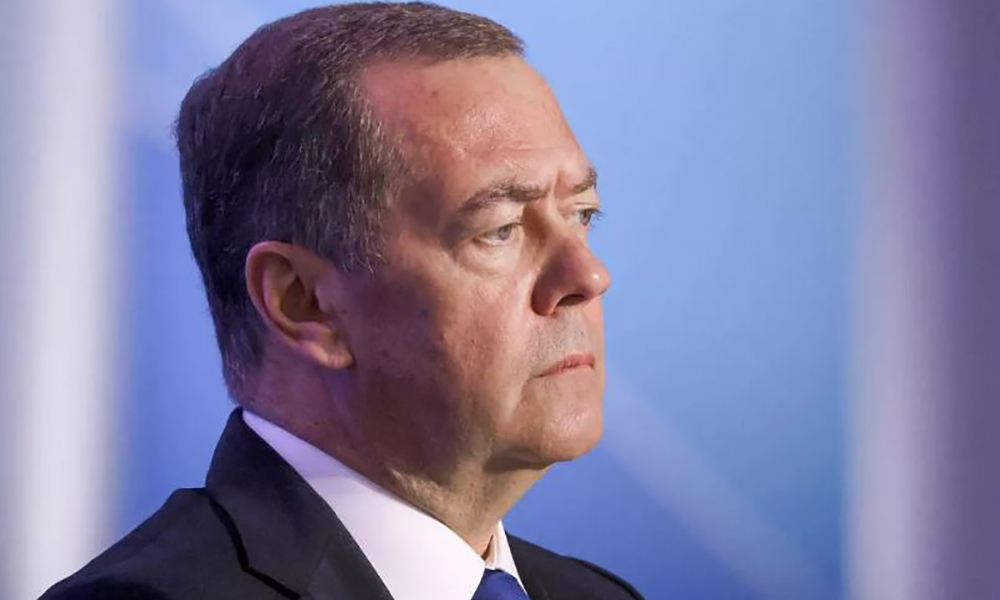
Russia’s Deputy Chairman of the Security Council, Dmitry Medvedev, has said that the Islamic Emirate of Afghanistan (IEA) caused less harm to Russia than Western-backed civic organisations that, he claims, sought to undermine the country’s unity.
In an article published in the Russian journal Rodina, Medvedev wrote that while the IEA had long been designated as a terrorist organisation, its actions did not inflict the same level of damage on Russia as what he described as Western-supported institutions operating under the banner of academic or humanitarian work.
“Let us be honest: the Taliban (IEA) movement, long listed as a terrorist organisation, has caused modern Russia far less damage than all those pseudo-scientific institutions whose aim is to dismantle our country under the guise of aiding the oppressed,” Medvedev stated.
He added that such organisations have consistently pursued one objective: “to break apart the multiethnic people of Russia.”
Medvedev’s remarks come amid a shift in Russia’s official stance toward Afghanistan. In April, Russia’s Supreme Court suspended the ban on the Islamic Emirate of Afghanistan, which had previously been included on the country’s list of terrorist organisations.
-

 Latest News2 days ago
Latest News2 days agoAfghanistan exports 10 containers of batteries to Saudi Arabia and UAE for first time
-

 Latest News2 days ago
Latest News2 days agoPakistani cleric condemns lifetime immunity for Army Chief as un-Islamic
-
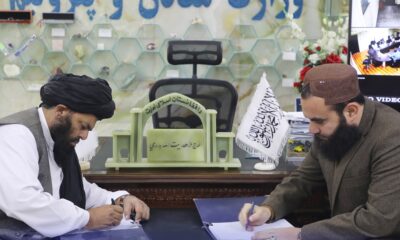
 Latest News4 days ago
Latest News4 days agoAfghanistan signs 30-year deal for marble mining in Daikundi
-
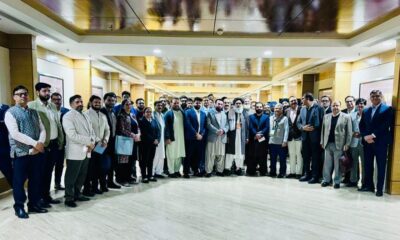
 Latest News5 days ago
Latest News5 days agoAfghan health minister calls for medical cooperation between Kabul and New Delhi
-

 Latest News4 days ago
Latest News4 days agoBush Institute criticizes Trump administration’s Afghan immigration freeze
-

 International Sports2 days ago
International Sports2 days agoAriana News to broadcast key AFC Champions League Two clash
-

 Regional2 days ago
Regional2 days agoPakistan agrees to $4 billion arms deal with Libyan National Army
-
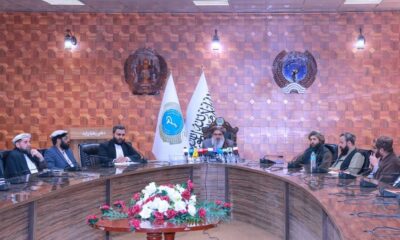
 Health2 days ago
Health2 days agoAfghan Health Minister hails India visit as new chapter in bilateral ties


